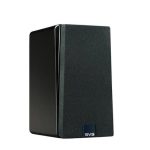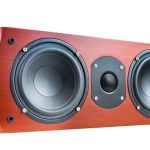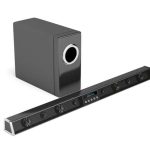A home theater is an audio-video system that delivers a cinema-like experience at home. Thus, it’s set up to deliver the kind of sound effects that are heard in a regular cinema. It makes it possible to enjoy listening to music, watching films, and gaming at home with the best surround sound effects. A fully-functional home theatre should deliver a high-quality audio and video experience. Thus, it needs to be set up the right way with the right types of video and sound systems. Let’s look at the types and functions of a home theatre system.
Types of Home Theatre
There’re several types of home theatre systems. They differ in terms of how the system is set up and the components that make up the A/V system. Here’re the different types of home theatre:
1. Component system
A component home theatre system features separate audio and video components linked together with cables or wirelessly. These components include a standalone A/V receiver, separate speakers, a subwoofer, and a source component such as a disc player. Since the components are separate, it’s challenging to set up a component system. Also, you need to buy the right components to get the best audio/video experience. The benefit of a component system is that you can customize the system the way you want and you can always add or remove components easily.
2. Soundbars
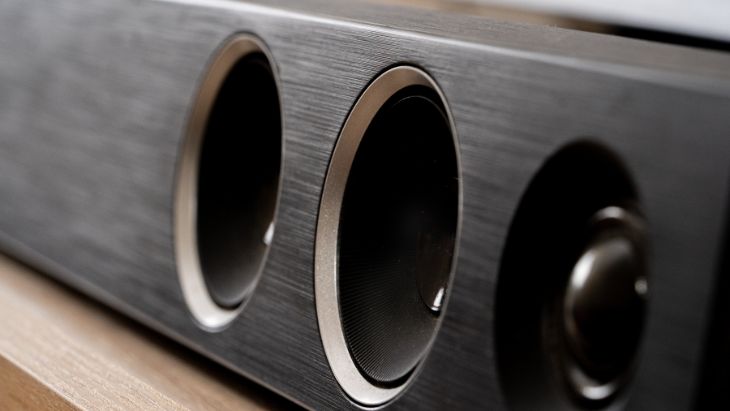
Another type of home theater is a soundbar system. A soundbar comprises a single-unit sound system comprising of a lengthy bar that houses several loudspeaker drivers. The drivers are set up in such a way that they produce surround/stereo sound effects. For a home theatre experience, you’ll need a soundbar that comes with a separate subwoofer, which is often wireless. Soundbars make it easy to set up a home theater for they are compact and flexible. They’re also more affordable than component systems. However, they don’t allow for customization like component systems.
3. Home theater in-a-box system
This kind of home theater system comprises of a single subwoofer, several surround speakers, a Blu-ray or disc player, and an A/V receiver. The components are usually connected to each other using cables. The name “in-a-box” comes from the fact that the system is sold in a single box with several parts in it. In essence, the parts are not sold separately. This system can be either a 5.1 channel system or a 7.1 channel system. In a 5.1 channel, there’re five surround speakers and a single subwoofer. In a 7.1 channel system, there’re seven surround speakers and a single subwoofer. The benefit of an in-a-box home theater system is that the components are designed to work together perfectly since they are designed to match each other, especially in terms of power requirements.
Functions of Home Theater
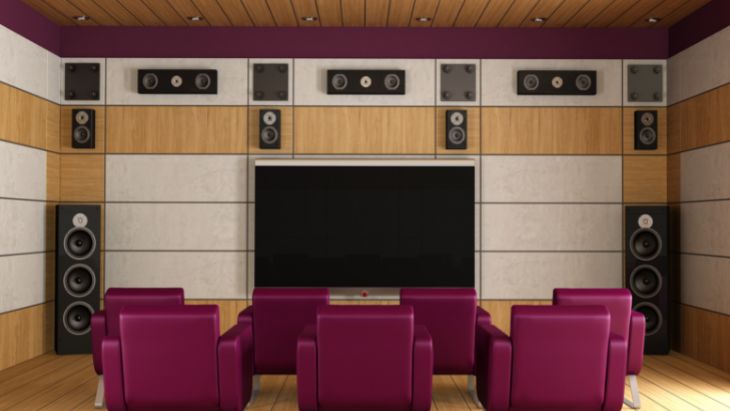
The overall function and purpose of a home theater system are to deliver surround sound effects when playing sound and video. Each component in a home theater system has various functions. Let’s look at the functions of each component.
The center channel speaker
The center channel speaker reproduces dialogue in a film. The center speaker may have several tweeters and speaker drivers to spread the sound widely. It must be set up appropriately for the best dialogue, especially for TV viewing and when watching a movie. Without a proper center channel speaker, you won’t have the best home theater experience.
The right and left front speakers
The right and left front speakers reproduce sound effects in a soundtrack or film. They also reproduce dialogue when it moves from the right or left side of the screen. These speakers are designed to reproduce a wide frequency range, including highs and lows. The speakers should blend seamlessly with the center channel speaker for high-quality sound effects.
The right and left surround speakers
The role of the right and left surround speakers is to reproduce surround sound effects. Although they should reproduce a frequency range similar to the front speakers, they’re less important than front speakers. However, it’s necessary to have them for a full home theater experience.
Subwoofer
You can’t have a true home theater experience without a subwoofer. A subwoofer is different from regular speakers in that it’s specially designed to reproduce low frequencies. Most home theater subwoofers are powered. A powerful subwoofer will deliver earth-shaking bass for the best listening experience.
AV Receiver
The AV receiver is the brain of a complete home theater. It receives A/V signals from source devices and distributes them to the respective speakers and display. The receiver has all functionalities in a single box. The receiver should have support for the media formats you want to be playing. It should also have the type of inputs you want to be using from source devices such as USB, HDMI, and more. Also, the receiver should support the number of output channels you want such as 5.1 or 7.1 or even more for customization.
Source components
The source components are media players such as a disc player or Blu-ray player. Today’s digital life and advanced technology also allow for source components such as laptops, smartphones, and other portable devices. For the best experience, you’ll need a source component that can play high-quality video, including HD and Ultra HD.
Display device
A display device is important to display video. The display device can be an LCD display, an Ultra-HD TV, or even a projector. Here, you’ll have freedom of choice with respect to the type of display device and its size. However, choose a high-quality display device for the best video experience.
Conclusion
With the right home theater set up, you’ll get to enjoy a real theater experience at your home. Regardless of the type of home theater system you choose, you can get the most out of it by setting it up the right way. Moreover, invest in a high-quality home theater system for the best listening and viewing experience.
Michael Evanchuk is a San Francisco-based sound engineer with 20 years’ experience installing, troubleshooting, and repairing commercial, automotive, and household sound equipment. Evanchuk owns an auto stereo center, where he offers highly competitive car audio installation and repair services. He has written dozens of articles on different sound engineering topics, all of which have been published in leading journals, blogs, and websites.


